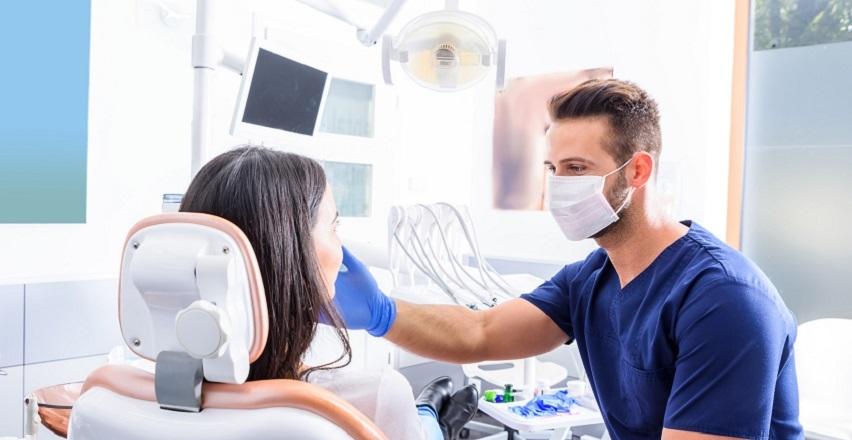What Is Periodontal Disease?
From the latest World Health Organization (WHO) survey, inflammation of the gum tissue, or gingivitis, is the single most common disease in humans on this planet. Usually gingivitis begins in adolescence and continues as long as an individual has teeth. The WHO further targets gingivitis (or gum disease) as one of the biggest preventable contributors to long term degenerative diseases such as heart disease, stroke, diabetes, and arthritis. Short term effects are trackable in pre-term and low birth weight babies as well as patients with unstable blood sugars.
Gingivitis is easy to prevent but more complex to treat. As gingivitis deepens to the foundational structures or bone around teeth, it is called PERIODONTAL DISEASE. Infection invading the bone will threaten the stability and, without intervention, will cost a person one or more of their teeth.

Can Periodontal Disease Be Treated?


In order to develop the most effective way to treat your periodontal disease, we can look at the picture as a four step path:
- Assessment and Prevention
- Treatment
- Repair
- Management for life
1. Assessment and Prevention
In this step, we evaluate the condition of the tissues above and below the gum line by measuring depths, watching for bleeding and exudate (drainage). The accumulation of debris needing removal is assessed. Chewing patterns, existing dental work, and dietary preferences can also be contributors to inflammation. Medications and current medical conditions are also big factors that will help determine your choices in treatment. Routines and techniques will be discussed for you to prevent the initiation or progression of your periodontal disease.
2. Treatment
A simple Prophylaxis, or dental cleaning, will remove minor superficial accumulation of food, bacteria, and lightly calcified deposits. Good coaching and insights will be offered to make a daily routine manageable, successful, and comfortable.
Debridement will be a more extensive removal of heavier deposits covering the teeth or growing into the gums, pushing or irritating the tissues. Most patients that require only a debridement will see rapid improvement. A change in habits, appointment intervals, and daily home care routine will ensure that this process will not need to be repeated. This is often needed when someone is in need of “catching up” for overdue treatment.
Limited or Complete Scaling and Root Planing will be necessary when the burden of calculus deposited has begun to separate the tissue from the teeth which creates deep pockets and destroys bone. This will be most comfortable with the use of local anesthetic and sequential appointments. Ultrasonic scalers and manual curettes will remove the deposits and smooth the teeth surfaces along the roots to promote your body to heal and repair along the damaged tissue to teeth interface.
3. Repair
Repair and recovery options will be clearer once the initial disease has settled down following treatment. Removing and replacing any teeth that were unable to be stabilized with bridge work or implants, grafting gum tissue in worn or exposed areas, and bone grafting in areas where there are defined bone defects are different strategies that can be discussed once the tissue health is re-assessed. The more stable the tissue is, the more predictable the success of these restorative options will be. If the tissues are unresponsive, or the healing response is less than anticipated, there may be talk about referral to a dental specialist.
4. Management for Life
Once Periodontal Disease manifests to the point of needing intervention with Scaling and Root Planing, the biggest task is the lifetime management of the disease. Periodic assessment (Periodontal Maintenance) by your dentist and dental hygienist is much more detailed than a Prophylaxis, or dental cleaning and needs a more frequent appointment in order to monitor and adjust home care and to manage the microbiology associated with this disease. Because the microbiology of this disease recycles on a 90 day cycle, 3 month recall is usually the frequency of choice for periodontal maintenance patients.
At a Periodontal Maintenance visits, you can expect:
- Analysis of tissue health and shifts or changes in levels of pocketing and inflammation
- Review of home care routines
- Health history and conditions will be discussed and related to the impact on your mouth
- Review and update of medications and their impact on your mouth
- Discussion of dietary changes or other needs that may impact the success of the gum tissue, the teeth, and the existing dental work
Solid communication with your entire dental team can give you early alerts to manage any changes and impact the success of maintaining your oral and systemic health.